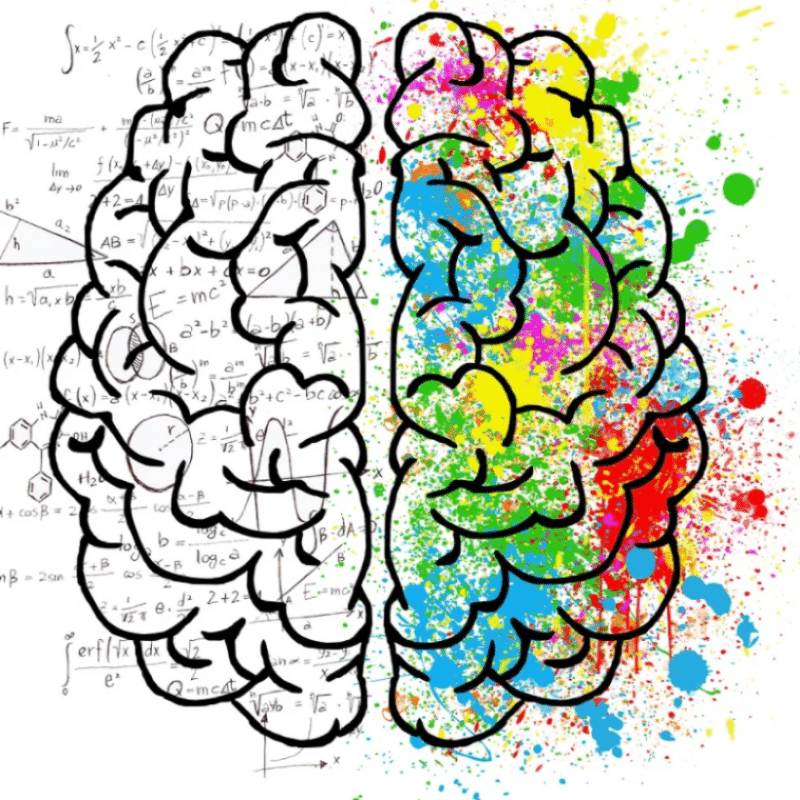
qEEG entails placing small sensors on the head to capture brain waves. These brain oscillations are then examined to detect patterns that may indicate sleep disorders, including sleep apnea. By analyzing these trends, medical professionals can gain a clearer picture of how sleep apnea disrupts typical cerebral function during slumber. This information can be crucial for formulating efficient therapeutic strategies customized to individual patients. Understanding the connection between qEEG and sleep apnea can lead to enhanced identification techniques and superior results for those impacted by this condition.
Studies has demonstrated that individuals with sleep apnea often exhibit distinct changes in their brain oscillation trends. For example, during episodes of apnea, the brain may show heightened activity in certain areas while additional regions become more engaged. These changes can influence how effectively a individual slumbers and how refreshed they perceive upon awakening. By using qEEG to monitor these brain wave trends, physicians can recognize specific characteristics of sleep apnea in clients, which can assist in formulating a more precise identification. This is particularly crucial because sleep apnea can occasionally be confused for alternative sleep conditions, resulting to misguided treatments.
In furthermore to enhancing identification, qEEG can also serve a part in assessing the efficacy of therapies for sleep apnea. For instance, after a patient begins using a continuous positive airway force (CPAP) device, which assists maintain the passage clear during slumber, qEEG can be find more utilized to evaluate alterations in cerebral function. If the brain shows improved patterns of slumber after initiating treatment, it may indicate that the therapy is working effectively. This feedback can help doctors formulate necessary adjustments to treatment plans, ensuring that clients obtain the optimal treatment feasible.
In summary, the connection between qEEG and sleep apnea patterns is an exciting area of research that holds potential for improving identification and therapy. By comprehending how sleep apnea affects cerebral activity, medical professionals can develop more effective strategies to help clients attain better slumber and improve their overall well-being. As studies progresses to advance, it is probable that qEEG will turn into an essential tool in the fight against sleep apnea, leading to superior results for those who experience from this difficult condition.